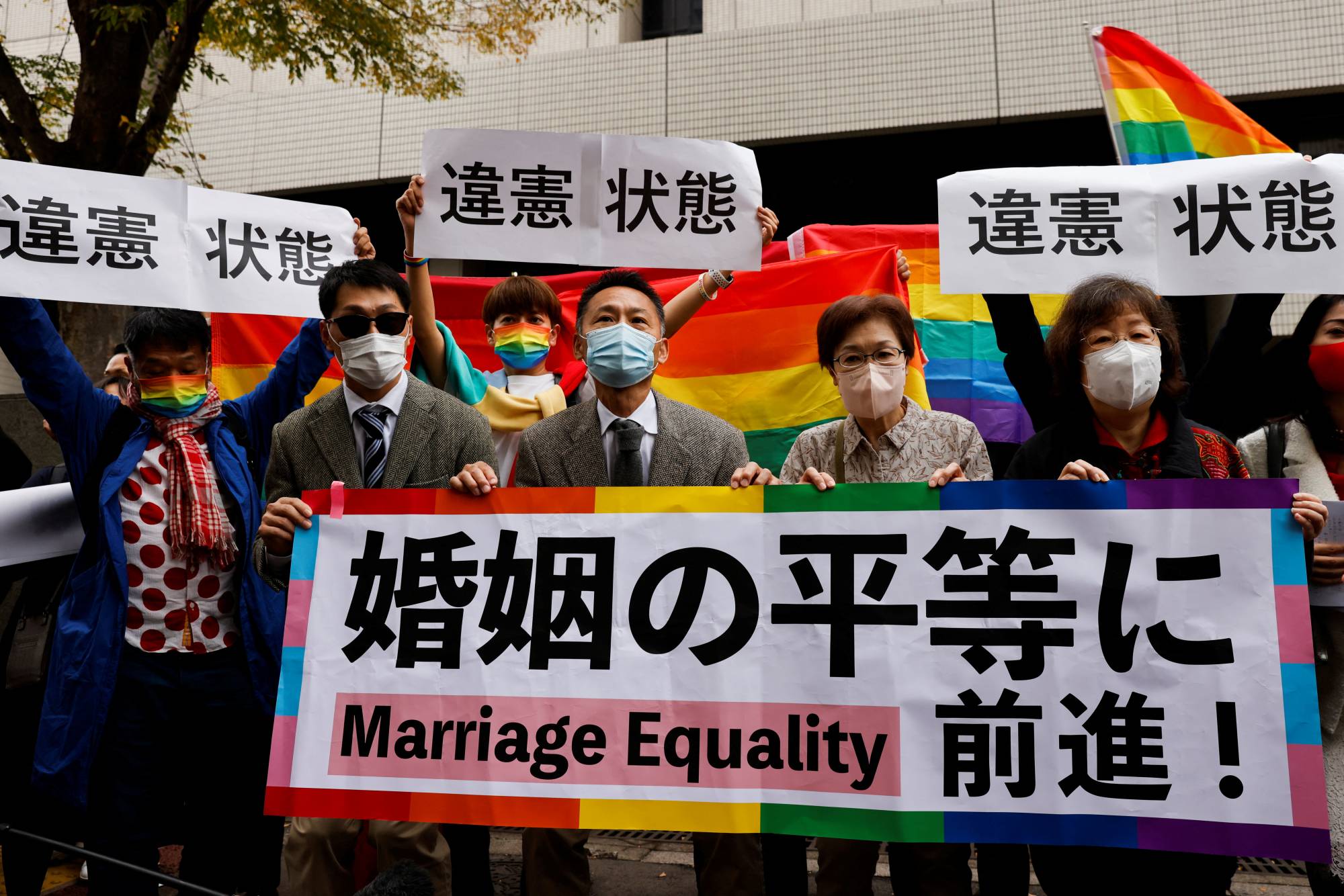On June 9, Japan’s 衆議院 (shūgiin, the House of Representatives) approved a bill to promote what it says is 性的マイノリティへの理解 (sei-teki mainoriti e no rikai, understanding of sexual minorities).
More formally, 性的マイノリティへの理解 is worded as 性的少数者への理解 (sei-teki shōsū-sha e no rikai, the understanding of sexual minorities), and the 法案 (hōan, bill) itself is named: 性的指向及びジェンダーアイデンティティの多様性に関する国民の理解の増進に関する法律案 (Sei-teki shikō oyobi jendā aidentiti no tayō-sei ni kan suru kokumin no rikai no zōshin ni kan suru hōritsu-an, The bill for increasing public awareness and understanding of the diversity in sexual orientation and gender identity).
Before the 衆議院 approved the bill, the term ジェンダーアイデンティティ became the focus of much debate among 議員 (giin, members of parliament). The bill’s initial draft, prepared by a 議員連盟 (giin-renmei, intraparty parliamentary group), used the term 性自認 (sei-jinin, gender self-recognition) to refer to how one identifies according to gender, but the majority Liberal Democratic Party-Komeito coalition’s definition opted to use 性同一性 (sei-dōitsu-sei, gender identity). More on those differences in a moment.


















With your current subscription plan you can comment on stories. However, before writing your first comment, please create a display name in the Profile section of your subscriber account page.